Is Smog Deadly to Humans? Things you should know about smog
5 minuteRead
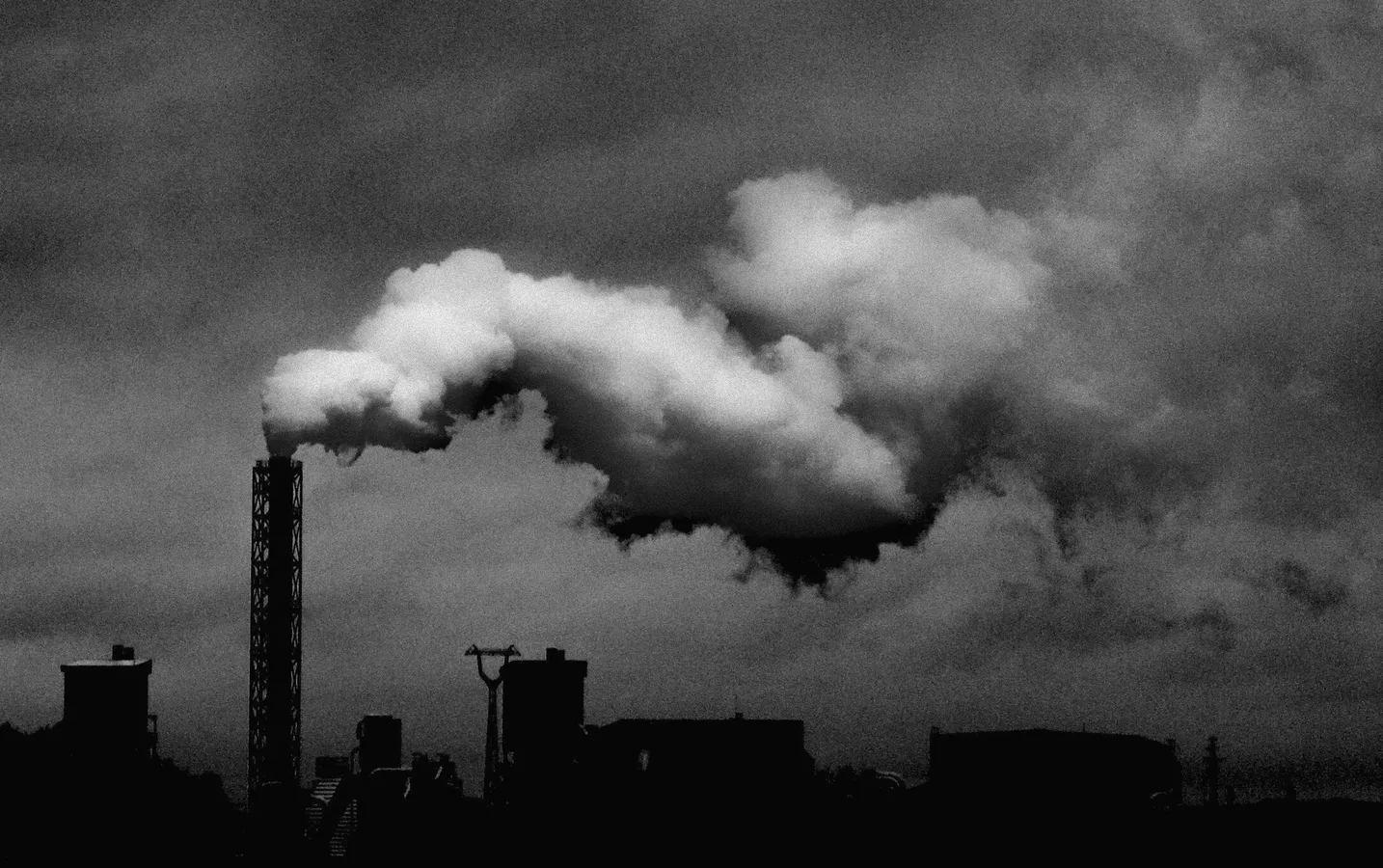
Smog and Pollution aren't synonymous. However, it has been a hot topic in recent years. Not surprisingly, it is a staple topic in popular media and news outlets. Just this year, the World Health Organization linked air pollution to 7 million premature deaths. And that’s just the tip of the iceberg. You may believe that pollution is unavoidable if the country is to develop. Regardless of whatsoever, there will be air pollution. But the question isn't about will there be pollution or not. The main focus is on at What Level Is Air Pollution Dangerous? The answer to this question is not easy. Air pollution is a serious environmental issue, but the seriousness of the pollution depends on the level of the pollutant. We know that PM2.5 particulates can cause asthma, allergies, heart disease, and lung cancer. But the risks to children, pregnant women, and people with heart problems are higher.
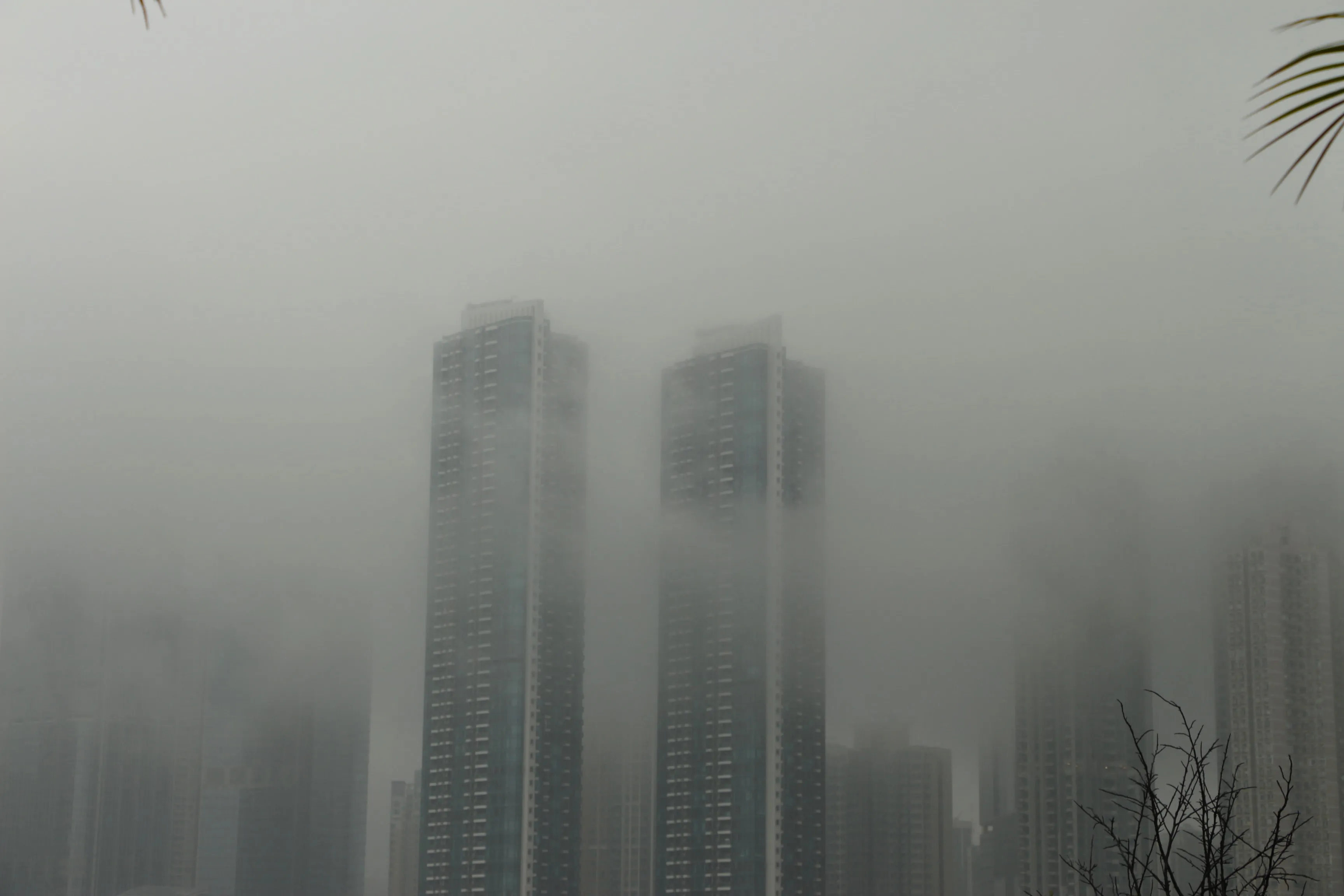
A phenomenon that occurs due to air pollution is smog which is fatal to human life. If you want to get a gist of what smog is and what are preventative measures to take to avoid smog, then you are at the right place. I have covered a general view of smog in this article.
What is this Smog?
The term 'smog' is a nickname for a mix of air pollutants that occur in the air when there is a high concentration of fine particles in the air. However, Smog is defined as a cloud of noxious airborne particles and water droplets suspended in the air that commonly emanates from factories, power plants, and cars. The term “smog” may also describe a low-lying cloud of dust or mist that hangs over ground-level haze. Smog is visible in the air close to the ground. For this reason, you can see smog in many large cities occurring now and then. Moreover, Smog is the state of dense atmospheric pollution visible in cities. It can be caused by humans mainly through the emission of airborne particles, greenhouse gases, and chemicals, including sulfur dioxide, ozone, lead, and several poisonous compounds.
The great smog of 1956, London.
Before the Clean Air Act was passed in 1963, smog was generally not considered a public health problem. Do you know when smog got the attention it deserved? Yes, like with other global issues, attention is only drawn to them when people die. I learnt about this years ago, and it still boggles my mind that a city like London, comprehend how a city like London, which I've always believed to be quite modern, could have 12,000 people die from pollution in a single weekend as recently as 1952.
What are the causes of smog?
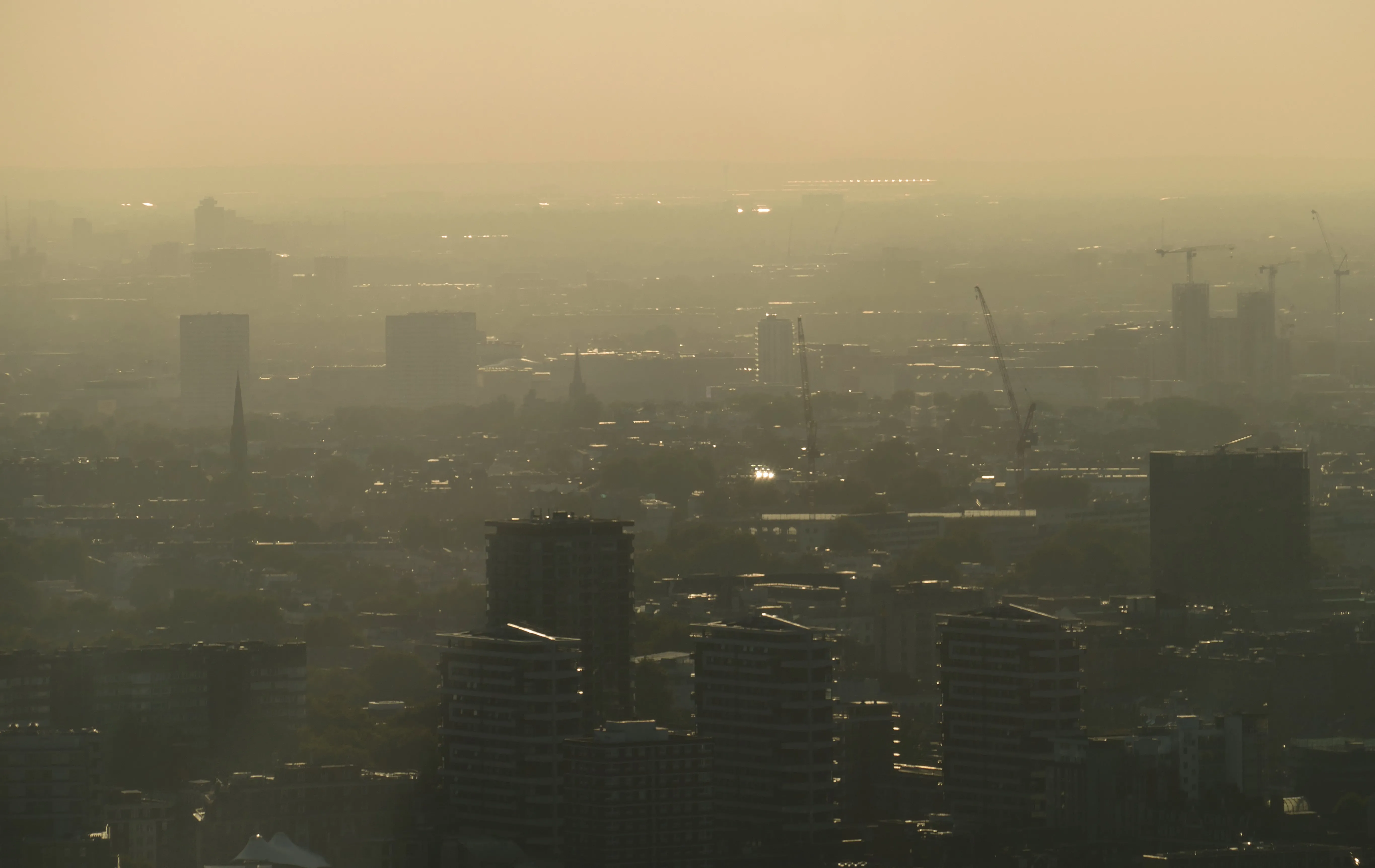
Smog is caused by toxic gases and particles inhaled by humans and animals. To understand smog, one must understand how pollution works. Since, we now know that Air pollution is typically measured by either PM2.5 or PM10 particles, both of which are hazardous to human health. Scientists have found that some sources of pollution can be linked back to certain activities, such as burning fossil fuels in cars and power plants or agricultural practices like fertilizing crops with animal manure and chemical fertilizers which often leads to the formation of smog.
When does the smog form?
Smog forms when pollutants are left in the atmosphere and are unable to be broken down. When there is no temperature gradient, water droplets in the air condense and then re-condense as the wind moves them around. These clouds or plumes of smoke will then be deposited on the ground.
Effects of smog on Humans
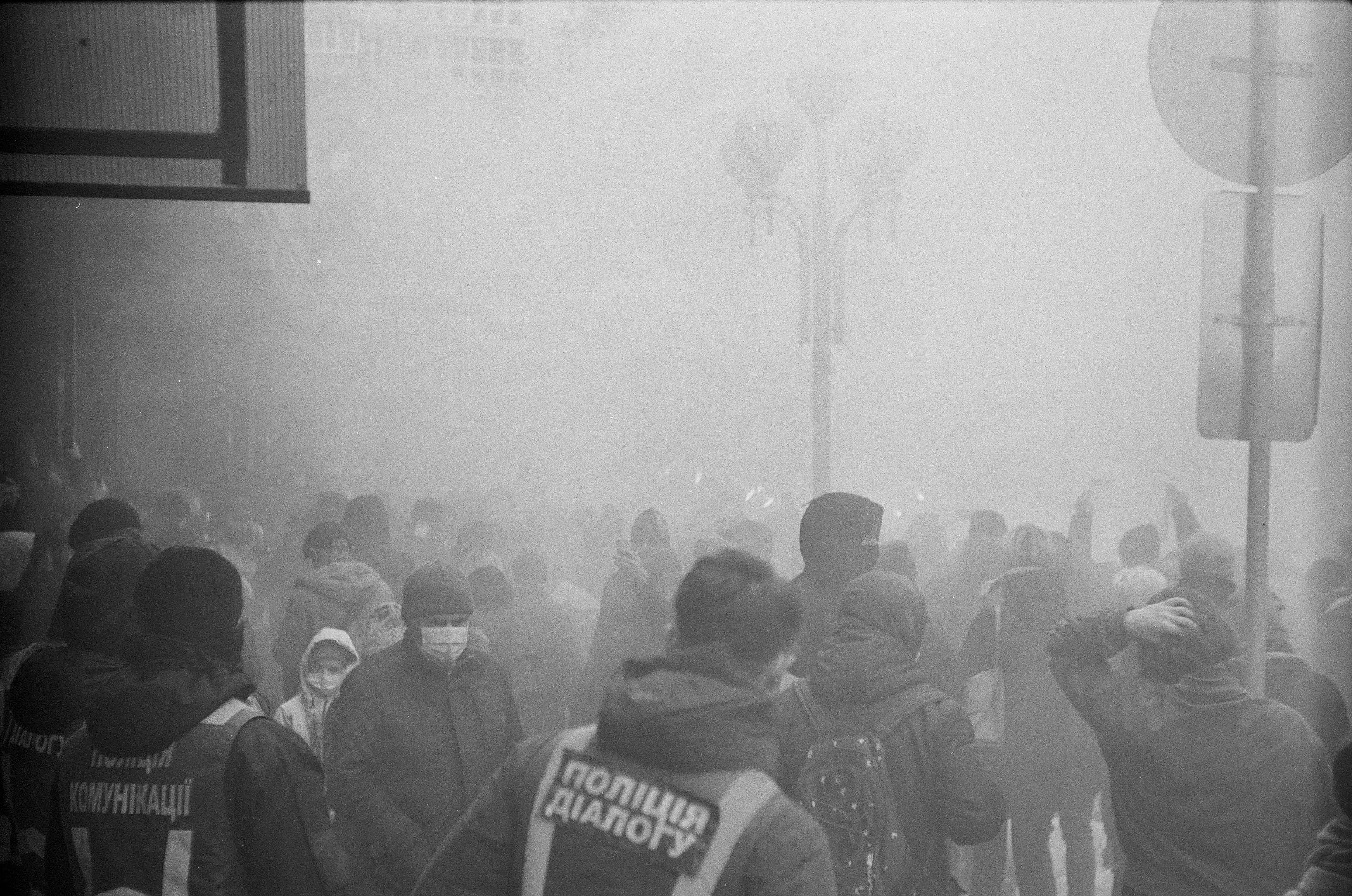
Since smog is composed of particulates and oxides of nitrogen in the air, contributing to a range of health issues including asthma, heart condition and carcinoma.
- It also contributes to many respiratory diseases such as bronchitis.
- Exposure to smog can have serious effects on infants, the elderly and people with lung and heart disease, as well as children.
- Exposure can be especially bad for people who are already sick, like asthma sufferers.
- Health problem These particulates, emitted from the burning of fossil fuels and vehicle emissions, can be inhaled deep into the lungs, also cause serious respiratory problems, according to the US Environmental Protection Agency (EPA).
- Smog is one of the most dangerous pollutants in China, and it is a major cause of respiratory diseases. In China, more than 1 million people die from smog-related illnesses annually. To prevent smog from developing, the government has taken a series of measures.
Top 10 countries that have been affected by Smog
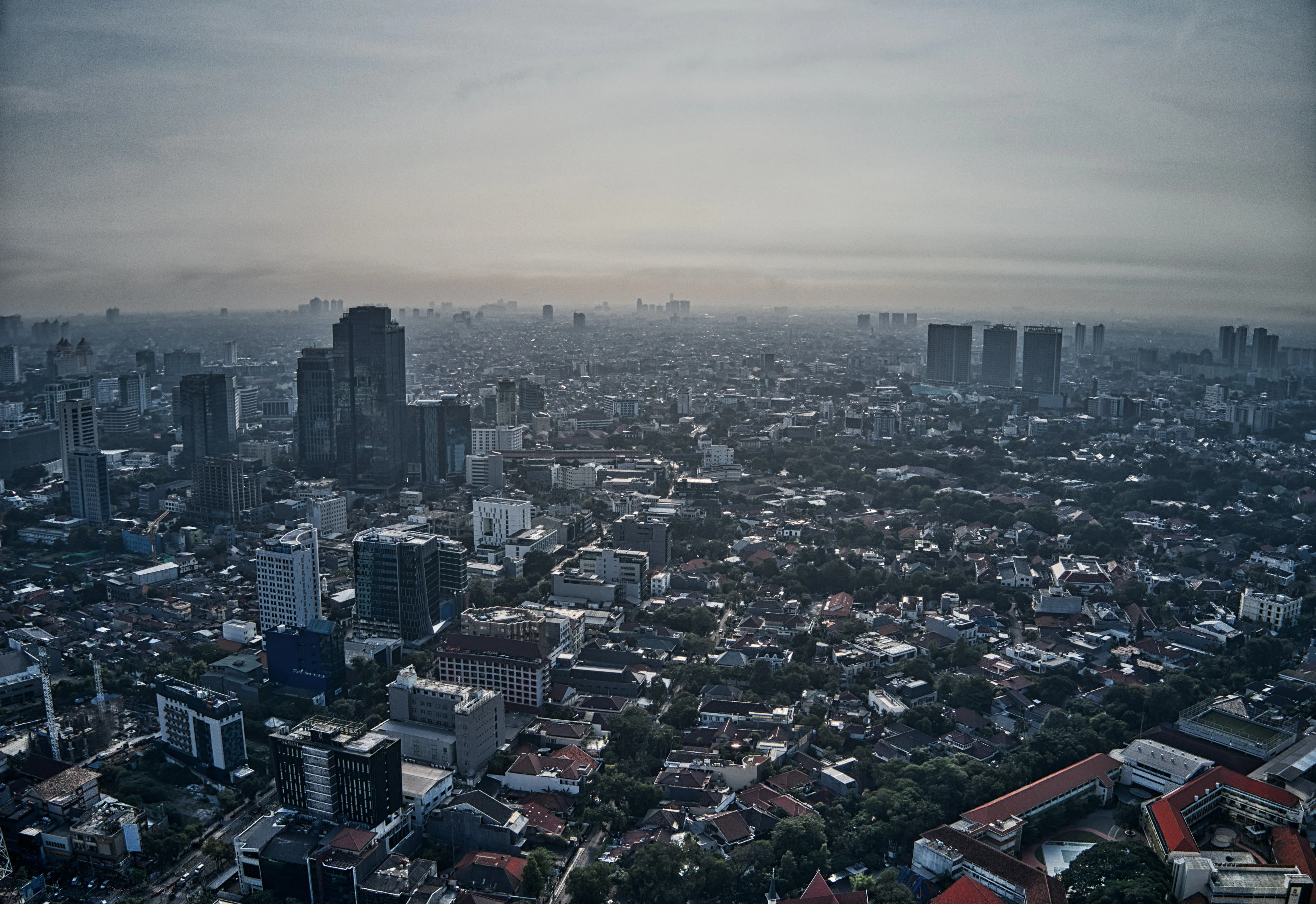
The developing world may experience more serious pollution problems than the United States. According to the World Health Organization, eight out of the 10 most polluted cities in the world are in India. However, Smog has had a significant impact on the following countries as well.(Countries are not listed in order of practical value.)
- Canada
- Delhi, India
- Beijing, China
- London, United Kingdom
- Mexico City, Mexico
- Santiago, Chile
- Tehran, Iran
- Los Angeles and the San Joaquin Valley, United States
- Ulaanbaatar, Mongolia
- Pakistan
Haze vs Smog vs Fog
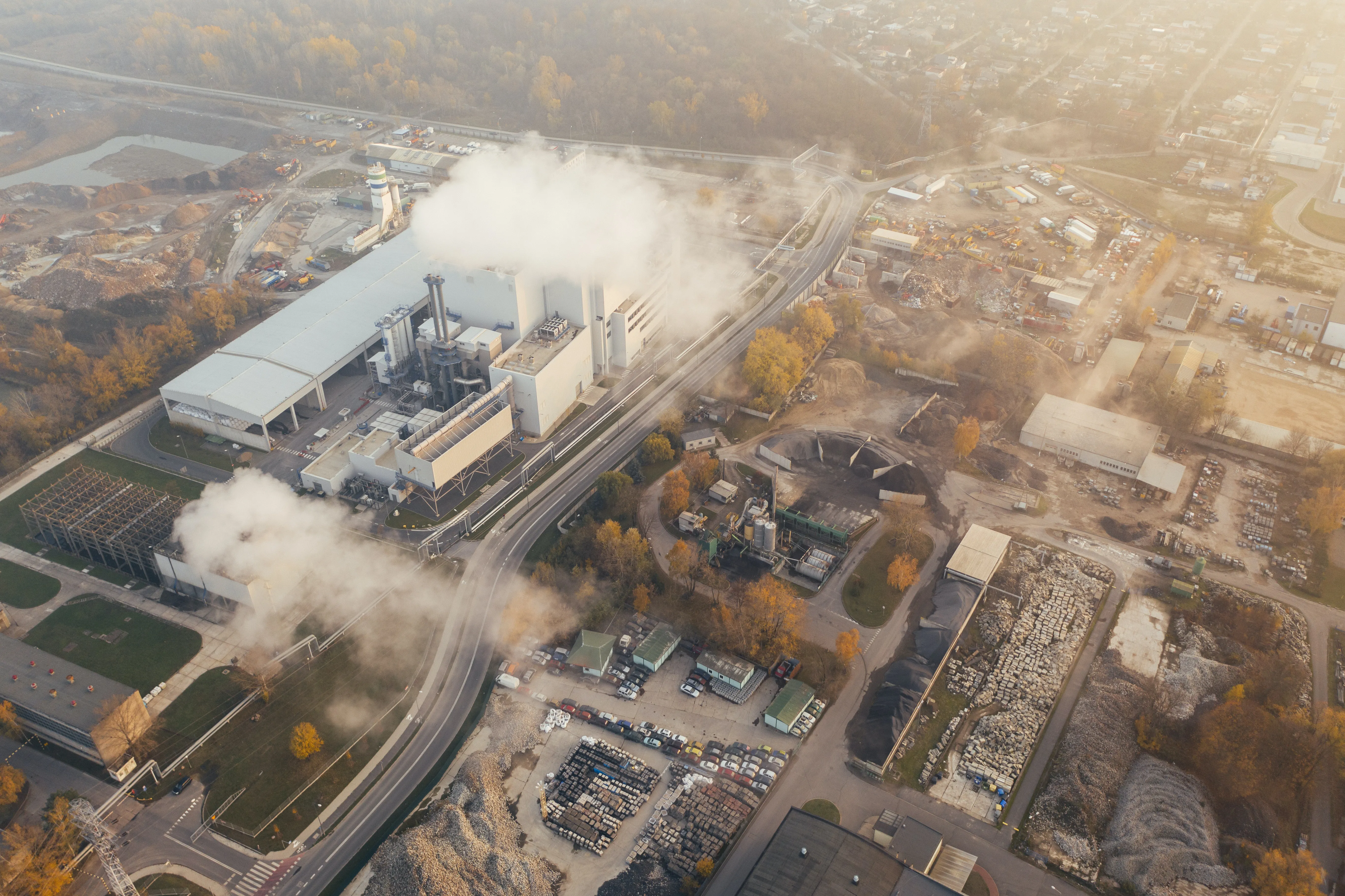
So, tell me is haze and smog are the same? is smog a mixture of fog and smoke? then, what is haze? Hold on. Before you jump into the confusion hole, let me clarify the difference between smog, haze and fog.
Smog :
Even though the word is made up of two words, smoke and fog, it isn't fog with smoke. I've previously given you a general idea of what smog is; read on to learn more about the difference between fog and smog.
Haze :
As per various sources, Haze is usually defined as any fog or mist that is generated by tiny particles in the air is known as the haze. Although the term haze can apply to any form of misty or slightly clouded air, it is most commonly used to denote visible air pollution rather than fog. In simple words, Haze is nothing but a cloud of fine dust, smoke, or light mist obstructing the air's transparency
Fog
Fog is a visible aerosol made up of small water droplets or ice crystals hanging in the air near or on the Earth's surface. Fog is a low-lying cloud that resembles a stratus and is highly impacted by adjacent bodies of water, terrain, and wind conditions. Isn't this definition intimidating? Just remember that it's merely that fog develops when water vapour, or water in its gaseous condition, solidifies.
How to avoid smog
The only true way to avoid the health effects of smog is to avoid activities that cause it, such as driving a car or using a personal vehicle to get around. However, in a place like Los Angeles, India and other countries where a large percentage of its smog stems from traffic, you can avoid a large portion of smog as you commute to and from work or school. It also helps to keep track of when smog advisories are in effect so that you can plan your travels around those days.
Additional information
If you want to know more about smog and the science behind it.
Here's a video for you!
Write, Record and Answer! Consume Unlimited Content! All you need to do is sign in and its absolutely free!
Continue with one click!!By signing up, you agree to our Terms and Conditions and Privacy Policy.











